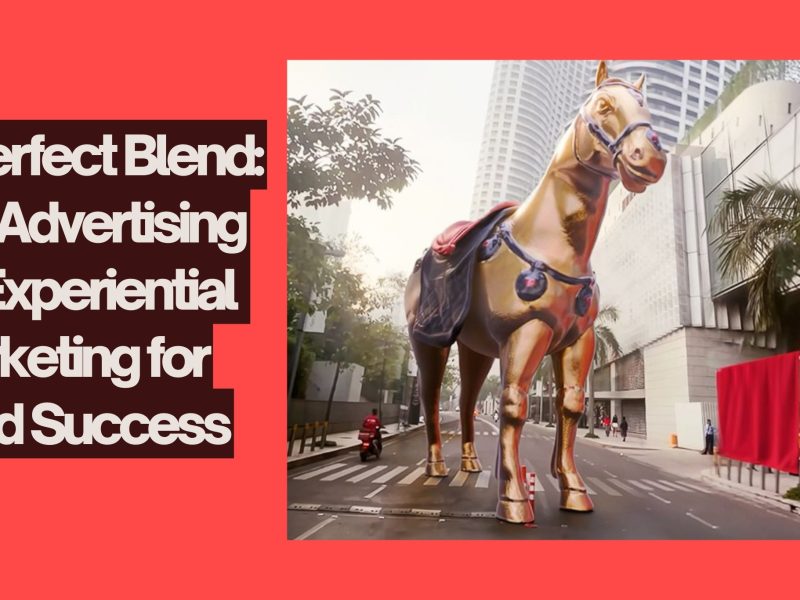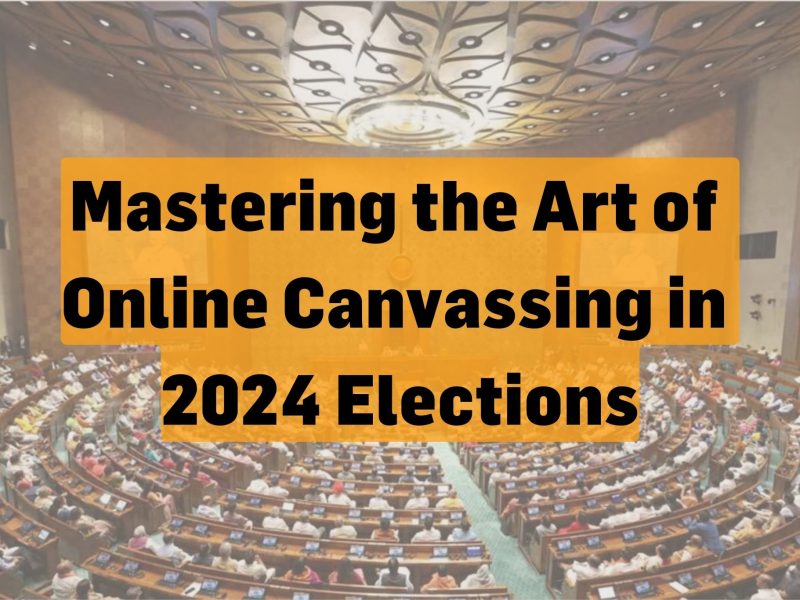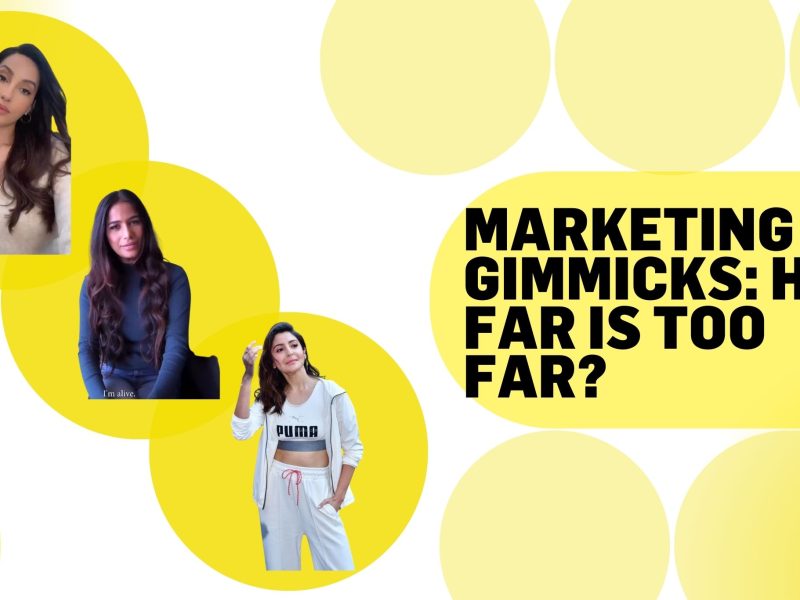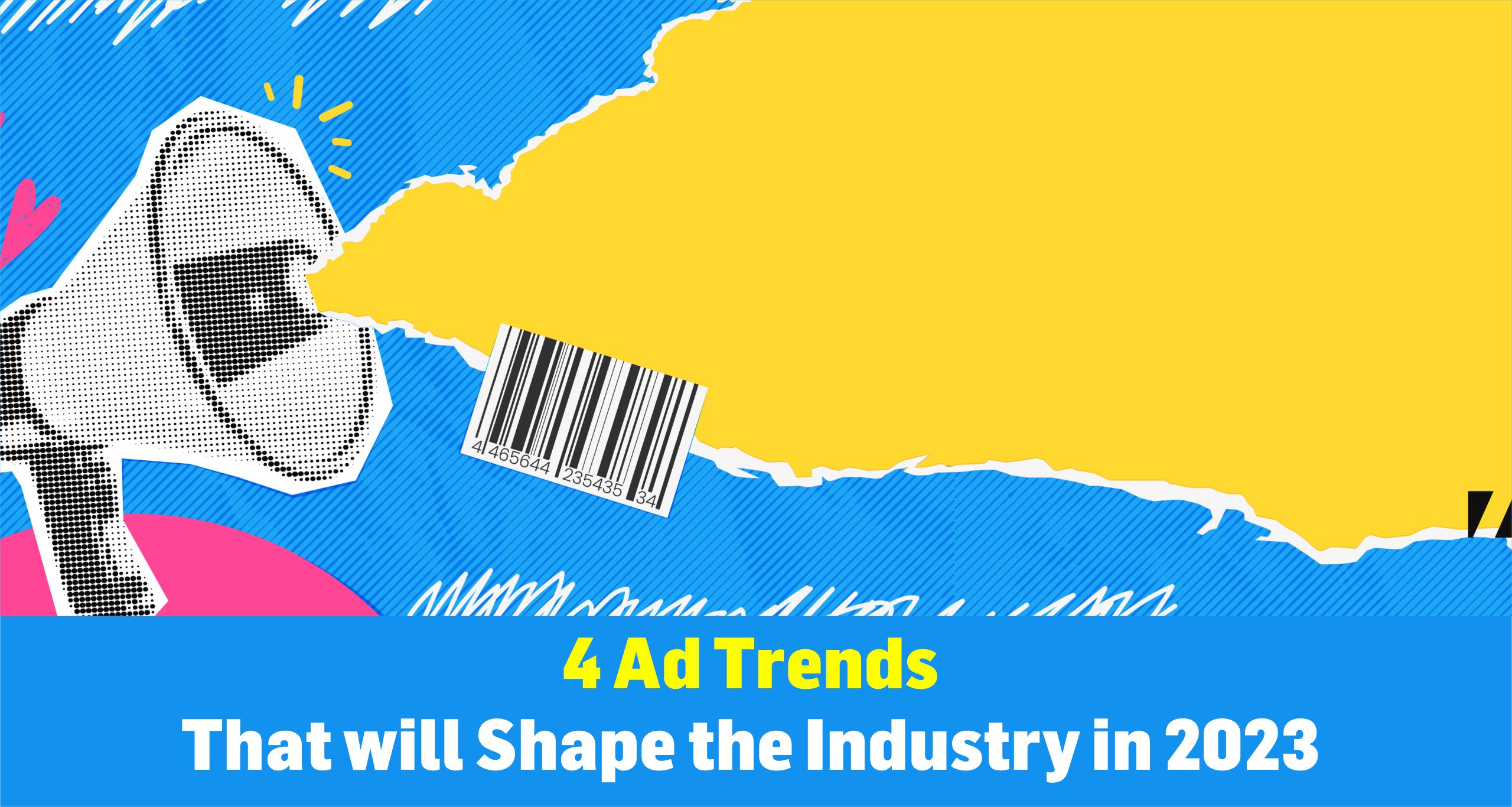
Four Advertising Trends that will Shape the Industry in 2023
As we close the book on yet another year and open a new leaf in the new year, it’s time to peep into the emerging trends and conventions that will shape the ad industry in 2023. It is no secret that the advertising industry was affected by the pandemic. But as the dangers of another Covid wave subside, advertisers and brands are looking to regain a steady footing. This however poses even greater challenges. Advertising has become easier and more accessible to a broader audience as a result of increased accessibility to information and AI tools. It is believed, however, that when the going gets tough, the tough get going. Advertisers and marketers who stay updated on emerging trends and industry insights stay on top.
So if you want to stay on top in 2023, you need to keep the focus on these advertising trends :
1. The Medium will Not Limit Ads
As we are moving towards a digital-focused world, mediums to reach the consumer are rapidly evolving. Major brands and communication agencies are adopting digital-first communication strategies. Have traditional advertising mediums succumbed to the digital wave? Ironically, the digital wave has boosted traditional media. As Social Media Marketing and Digital Marketing become the guiding standards, many brands are using print ads, Outdoor hoardings, and Radio & TV ads to create a unique brand identity. The greatest example of this trend would be Amul India. Amul has succeeded in creating a long-term advertising campaign by utilizing its mascot to comment on trending topics. This campaign has been referred to as the “most famous ad campaign ”.
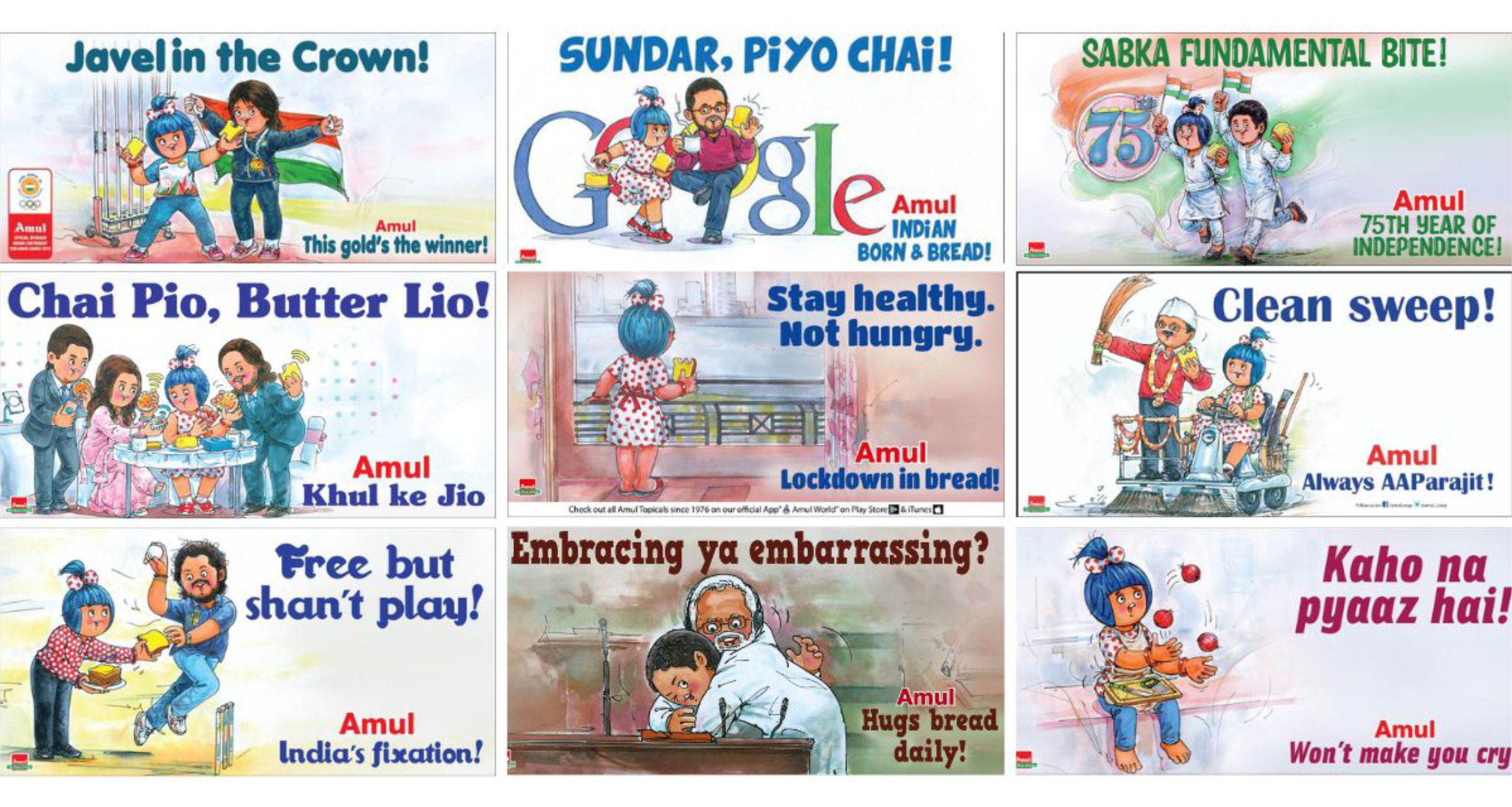
The fact that advertising is not limited or dictated by its medium may surprise many modernists in the advertising industry. But a well-designed ad campaign has the power to transcend mediums, cultures, and languages, period.
2. True Glocalization with Virtual Worlds
Glocalization has played a vital role in the global acceptance of brands like Mcdonalds’, Starbucks, Whirlpool and so on. Especially in tricky markets like India, China, or the Nordic region. But we aren’t discussing the glocalization of the products rather we need to shift our focus toward advertising. The glocalization of advertising has two sides to it. First is the obvious one where global brands picked up elements of the local resident culture and incorporated them into their ads. These ads were widely accepted and helped these brands connect with a larger local audience. But this is news for the last decade.
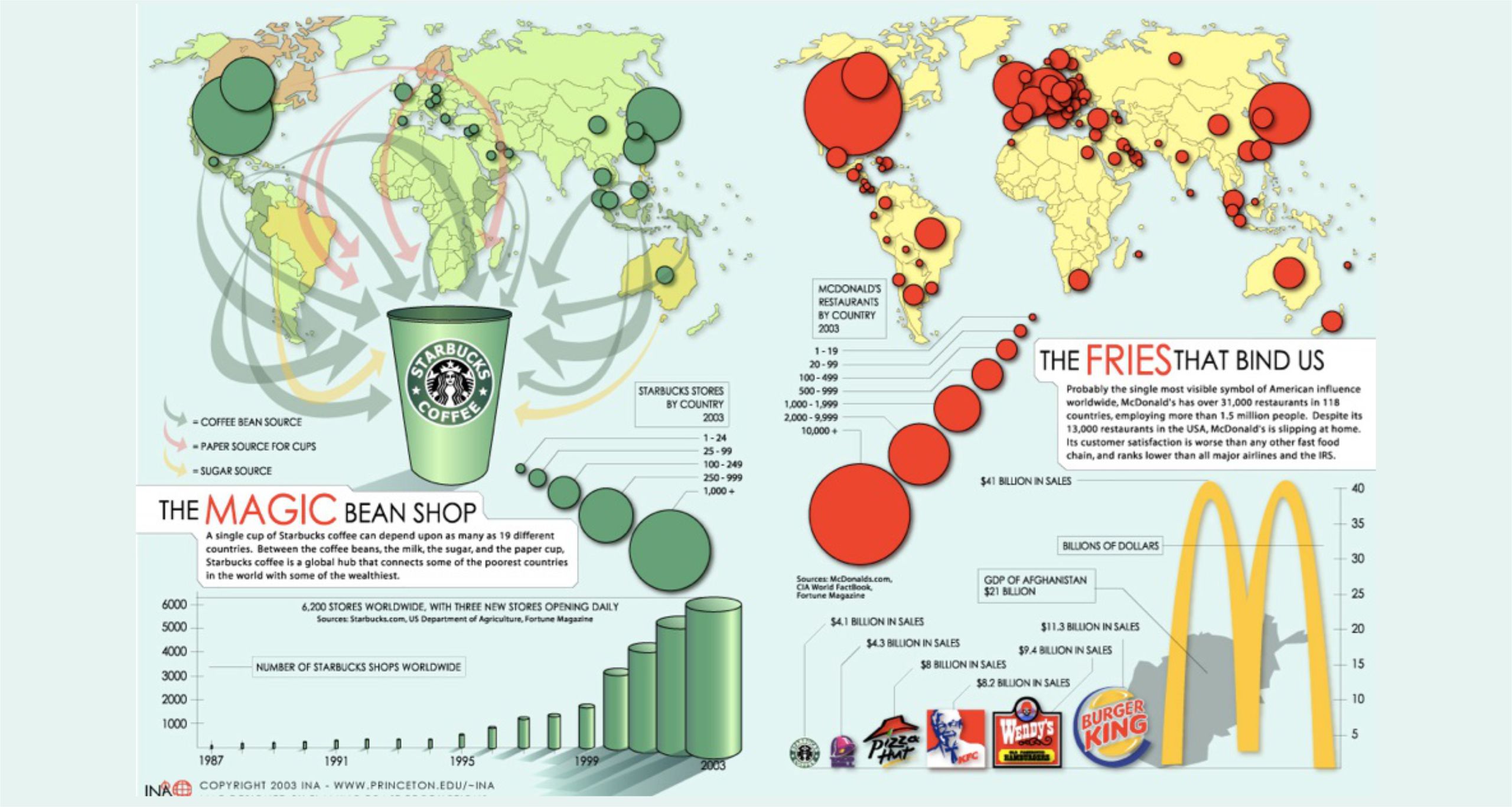
Today we are in a digital world that is inching toward being an AR-VR world. There is a huge demand and acceptance of the virtual world, especially after the pandemic put us on house arrest. This poses a great opportunity for local brands and enterprises to showcase their offerings to the world(virtual world). Just as technology has enabled anyone with the means to be virtually present anywhere and anytime, brands and advertisers have the opportunity to promote and advertise ANYWHERE, ANYTIME!
3. Engaging Content is the King
Today, when we see an advertisement on the Internet, it is a natural reaction to close it. And that is why advertisers cannot simply put up branded content with interesting creatives. In relation to the first trend, story-driven ads will continue to stay relevant this year as well. Consumer awareness is not enough in today’s world. Consumer engagement is the key to successful ad campaigns. It is critical to create a compelling narrative that motivates, attracts and shows relevant experiences happening in the world if you want to succeed with story-driven content.

One key distinction that a lot of advertisers ignore is that customers who feel engaged will come back for more. Powerful and engaging content is the key to customer loyalty and will rule the communication sector in the coming years as well.
4. Phygital vs Digital
We were aware of the phenomenon but the term “phygital” was coined during the pandemic. Phygital bridges the gap between physical and digital. Adopting a phygital communication strategy will ensure that you can get the most out of both worlds. More and more brands are adopting the phygital approach to advertising and communication.
If you want to create a successful phygital strategy it must be Instant, Connected and Engaging. It might seem that phygital is futuristic, but we are surrounded by phygital campaigns. The self-help kiosks at McDonalds, Lenskart’s 3D Try-On, or Bajaj Pulsar’s QR Code ad are all examples of high-engagement marketing campaigns, and (not) coincidentally all of them are phygital.

Keeping up with contemporary trends is critical for brands, and they should also explore new technologies and options to keep their customers engaged and to keep them ahead of their competitors.
It’s important to keep all these new evolutions of advertising in mind, and ensure that your brand is able to leverage these trends, if you want to grow its market. Keep an eye out for major changes in the advertising world and tweak your strategy for more effectiveness. Follow our blog to keep up with the latest news and trends in the Advertising & Marketing industry.


